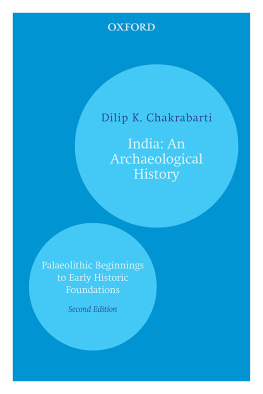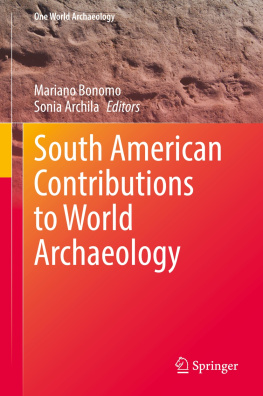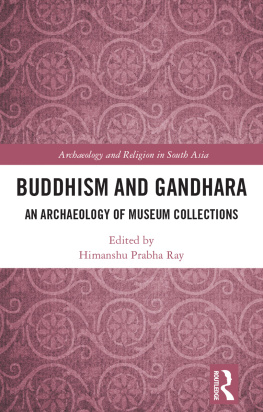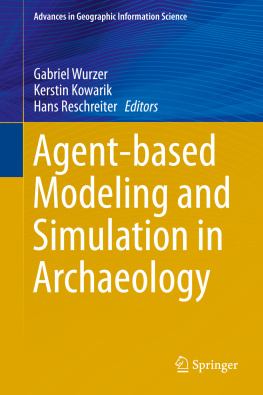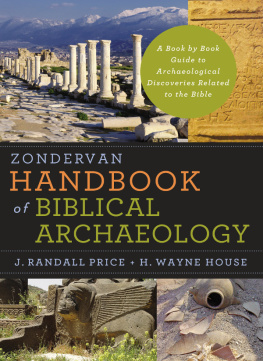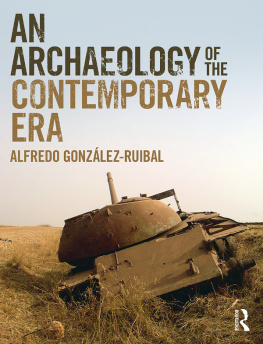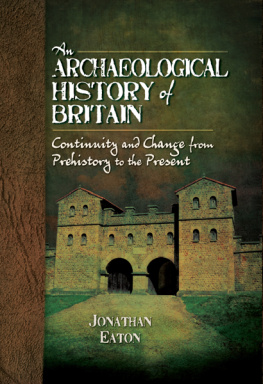INDIA
An Archaeological History
INDIA
An Archaeological History
Palaeolithic Beginnings to
Early Historic Foundations
Second Edition
Dilip K. Chakrabarti


YMCA Library Building, Jai Singh Road, New Delhi 110001
Oxford University Press is a department of the University of Oxford.
It furthers the Universitys objective of excellence in research, scholarship,
and education by publishing worldwide in
Oxford New York
Auckland Cape Town Dar es Salaam Hong Kong Karachi
Kuala Lumpur Madrid Melbourne Mexico City Nairobi
New Delhi Shanghai Taipei Toronto
With offices in
Argentina Austria Brazil Chile Czech Republic France Greece
Guatemala Hungary Italy Japan Poland Portugal Singapore
South Korea Switzerland Thailand Turkey Ukraine Vietnam
Oxford is a registered trade mark of Oxford University Press
in the UK and in certain other countries
Published in India
by Oxford University Press, New Delhi
Oxford University Press 1999
The moral rights of the author have been asserted
Database right Oxford University Press (maker)
First published 1999
Oxford India Paperbacks 2001
Fourth impression 2010
All rights reserved. No part of this publication may be reproduced,
stored in a retrieval system, or transmitted, in any form or by any means,
without the prior permission in writing of Oxford University Press, or as
expressly permitted by law, or under terms agreed with the appropriate
reprographics rights organization. Enquiries concerning reproduction outside
the scope of the above should be sent to the Rights Department, Oxford
University Press, at the address above
You must not circulate this book in any other binding or cover and you must
impose this same condition on any acquirer
ePub ISBN-13: 978-0-19-908814-0
ePub ISBN-10: 0-19-908814-4
Printed by De Unique, New Delhi 110 018
Published by Oxford University Press
YMCA Library Building, Jai Singh Road, New Delhi 110 001
To
S HRI V.C. J OSHI
in grateful acknowledgement of
all the support that I received
Contents
The Indian subcontinent has been an area for archaeological research for over 200 years. Since Independence the pace of this research has increased manifold, and despite some major lacunae, we have reached a stage of knowledge where it is possible to offer a connected account of the history of prehistoric and early historic India primarily, if not exclusively, on the basis of archaeology. The present volume aims to do that. It is much more than a compendium of ancient Indian archaeological data, bringing out, as it does, the flow of India's grassroots archaeological history in all its continuities and diversities. Beginning with the first stone tools in the subcontinent, the book weaves its archaeological history in all the areas and multiple strands of development till the early historic foundations. Among other things, it discusses the basic significance of Indian prehistoric studies, the variegated pattern of the beginning of village life in India, the various issues related to the Indus or Harappan civilization and how the transition to, and consolidation of, the early historical India took place.
This was written in the academic year 19978 and the formal invitation to do so came from OUP, New Delhi. I would like to thank them for this privilege. Dr Sylvia Lachmann kindly found time to read all its chapters, some of which were also read by Reverend G. Seevalee, Christopher Bayliss and Corinna Bower. My thanks are due to all of them. Dr Nayanjot Lahiri gave me a copy of Indian ArchaeologyA Review, 199293 and helped in other ways.
The India of this book is the Sanskrit Bharatavarsha, the subcontinent as a whole. In a major Bengali literary pieceAranyak (forest-dweller) the author, Bibhutibhusan Bandopadhyay, enters into an imaginary dialogue with Bhanumati, a tribal princess who lived in a forest village called Chakmakitola.
Have you heard the name of Bharatavarsha? Bhanumati nodded to say that she had not heard the name. She had never been out of Chakmakitola. In which direction could one find Bharatavarsha?
If at the end of this book one is left with a sense of the archaeological direction to Bharatavarsha, I shall consider this humble endeavour of mine successful.
This book is dedicated to Mr V.C. Joshi, who played a significant role in the development of archaeological research in the subcontinent in the 1980s. As a consultant of the Ford Foundation, Delhi, he was instrumental in shaping the Foundations' interest in South Asian archaeology. In India this interest led, among other things, to the sanction of major grants to the Indian Society for Prehistoric and Quaternary Studies for its journal Man and Environment and the archaeology sections of the Banaras Hindu University, Deccan College, Pune, and M.S. University, Baroda. In Bangladesh, the Foundation initiated the process of establishing archaeology in one of the universities, with Mr Joshi closely working with Bangladeshi colleagues. Those of us who came in contact with him will always remember his kindness and grace and deep commitment to duty.
A NCIENT I NDIA : T HE I MPORTANCE OF A RCHAEOLOGICAL
E VIDENCE
There are two good reasons why a historical study of ancient India cannot realize its full potential on the basis of textual sources alone. First, the sources which have been used, beginning with the Rigveda, were not meant to be historical sources, and whatever historical information has been gleaned from them is not free from questions regarding their chronology, geographical applicability and even content. Except for the history of the kings of Kashmir, written by Kalhana in the twelfth century, there is no proper historical chronicle dating from the ancient period of Indian history, As H.C. Raychaudhuri wrote: No Thucydides or Tacitus has left for posterity a genuine history of Ancient India. K.A.N. Sastri wrote of the utter impossibility of basing any part of the ancient history of India solely, or even primarily, upon literary evidence.
Not only is there a paucity of professedly historical works, but of very few really ancient compositions do we know with certainty the time and place of origin. Great books which, like the Ramayana and the Mahabharata, have for ages served as popular encyclopaedias of national culture, were frequently revised; the time, the authorship and the extent of such revisions are so obscure that it is hopeless to make an intelligent use of data drawn from these works. Lastly, in the few works of which we have definite knowledge in regard to authorship and provenance, a great amount of space is taken up by conventional descriptions, and it is seldom that we come across the plain downright statement of a fact.
The problem of sources is not limited to the texts. It affects in good measure inscriptions, coins, sculpture, painting and architecture as well, although in these cases geography and chronology are not among the problems. The number of early inscriptions is severely limited. They increase in number only in the tenthtwelfth centuries, more in the south than in the rest of the subcontinent. But inscriptions are also textual compositions, and, like other textual compositions, devote a lot of space to conventional descriptions rather than to the enumeration of the event for which the inscription was intended in the first place. Coins come mostly from hoardsaccidental, non-contextual discoveries which very often end up with the coin-dealers. A framework of the study of coins has no doubt emerged, but on many occasions the study of ancient Indian coins has not been able to proceed beyond a study of their design. The same is true of the specimens of art and architecture. They are concerned much more with the religious life of the day in different regions and less with the issues of individual authorship and patronage, precisely the issues which would have made them exciting as historical documents.

